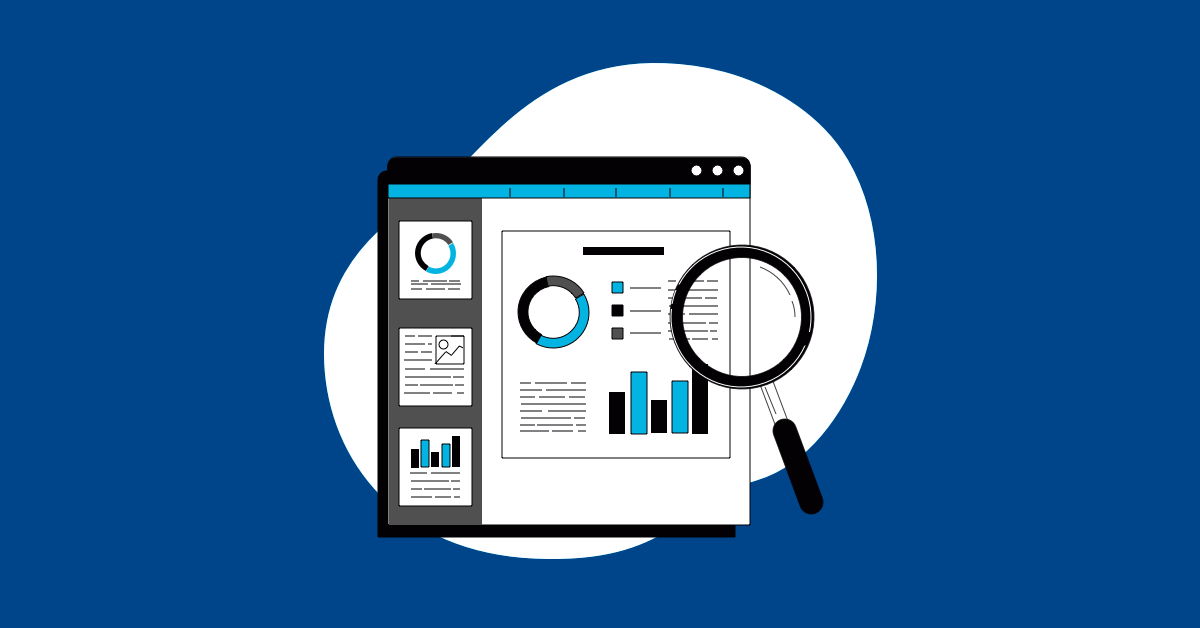In the world of software development, the quality of a product is of utmost importance. Quality Assurance (QA) is a critical aspect of software development that ensures the final product meets the desired quality standards. QA metrics are used to measure the effectiveness of the QA process and to identify areas for improvement. While QA traditionally focuses on discovering defects, it is important to recognize the value of QA metrics in going beyond defect discovery.
In this blog, we will explore QA metrics beyond discovering defects and how they can help improve the overall quality of the software.
What is a QA metric?
Quality Assurance is a process of evaluating a product to ensure that it meets the requirements and quality standards defined by the client or the organization.
For every process to be successful we need certain standards and processes. For Software Quality Assurance, we have a concept called metrics, which helps us to derive a quantitative value about the process.
A QA metric is a measure of the quality of a process, a product, or a service. QA metrics are used to determine the success, effectiveness, and efficiency of quality assurance actions. It is also used to track the progress of quality assurance (QA) activities and to identify areas where improvement is needed. QA metrics can be used to measure various things, starting from the number of defects to the time taken to resolve defects.
Understanding the Importance of QA Metrics
QA metrics provide insightful details about the quality of a software product. They aid in measuring the performance of quality assurance systems, identifying areas for improvement, and making decisions based on data. Organizations may acquire a better knowledge of the product’s quality and take proactive steps to improve it by analyzing these indicators.
Key benefits of QA metrics include:
- Quantitative measurements allow organizations to assess their performance against predefined standards.
- Identifying areas where efficiency can be improved, ultimately resulting in cost savings.
- A data-driven approach that enables organizations to identify any deviations from the expected quality and helps them to take appropriate action and decisions.
- Defect-related metrics that provide insights into the product’s stability and help prioritize bug fixes.
- Test case coverage metrics to help determine the completeness of test coverage and identify any gaps in testing efforts.
- Process metrics to evaluate the efficiency and effectiveness of QA processes, such as the time taken to resolve defects or the percentage of test cases executed successfully.
- Support in communicating with the clients and other stakeholders about the product’s quality and performance.
- Predicting the future performance of the product.
Metric Vs KPI
When you started reading the blog, you might have thought that metrics and KPIs are the same. And those words can be used interchangeably. I had the same assumption. So let’s explore a bit deeper.
KPIs (Key Performance Indicators) are measurable values that demonstrate how effectively a company is achieving key business objectives. They are typically used to evaluate the performance of a company’s business processes. These are often used to calculate profitability and satisfaction levels of products or services.
The metrics are also measurable, right? There are some differences between metrics and KPIs. All KPIs are metrics, but not all metrics are KPIs.
Only when the metric is associated with a specific performance indicator is it considered a KPI. Using multiple metrics, arrive at KPIs like customer satisfaction, customer retention, etc.
Defect related Metrics
Defect metrics are the most commonly used QA metrics. These metrics are essential for identifying areas of the software that require improvement and for tracking the progress of defect resolution. Some of the commonly used defect-related metrics are:
- Number of defects: This metric gives the total number of defects identified during the entire testing process.
- Defect Severity: A measure of the impact of a defect, usually based on factors such as how many users are affected and the potential for loss of data.
- Defect Density: Number of defects found in a certain unit of code.
- Defect Aging: The amount of time a defect has been present since it was identified.
- Mean Time to Detection: The average time it takes to detect a defect.
- Mean Time to Resolution: The average time it takes to fix a defect.
- Defect Rejection Ratio: The number of rejected defects divided by the total number of defects.
Test Case-related Metrics
Test Case-related Metrics in Software Testing are metrics that measure the effectiveness and efficiency of the test cases that were created to test the software. Common metrics include the number of test cases created, the percentage of test cases that passed, the number of test steps in each test case, the number of failed tests, the number of defect-free test cases, and the cycle time for the test cases.
Below are a few examples of commonly used QA Metrics:
- The number of test cases created and executed.
- The number of test cases passed and failed.
- The number of test cases blocked or marked NA.
- The number of automated test cases.
- The number of test cases that have been reworked/refactored due to regression.
- The average time to draft a single test case.
- The average time to execute a single test case.
Looking Beyond Defect Discovery: The Limitations of Traditional QA Metrics
Traditional QA metrics, such as defect discovery metrics, and test case-related metrics have long been used to measure the effectiveness of software testing efforts. These metrics typically include measures like defect density and issue count, which provide insights into the number of defects found during testing.
While these metrics can be valuable in assessing the quality of a product and identifying areas for improvement, it is important to recognize their limitations. Relying solely on defect discovery metrics may not provide a complete picture of a software system’s overall quality and reliability.
One limitation of these metrics is that they focus primarily on the quantity of defects discovered, rather than their severity or impact on end users. A high defect density or issue count does not necessarily indicate that a system is more prone to critical failures or usability issues.
Additionally, traditional QA metrics often fail to capture the complexity and interdependencies within a software system. They do not account for factors such as code coverage, test case effectiveness, or the presence of hidden defects that may only surface under specific conditions.
Moreover, relying solely on defect discovery metrics can create an overemphasis on finding and fixing defects rather than preventing them in the first place. This reactive approach may result in increased costs and delays as teams scramble to address issues after they have already occurred.
To overcome these limitations, organizations should consider supplementing traditional QA metrics with additional measures that focus on prevention rather than just detection. This could include proactive techniques such as code reviews, static analysis tools, and automated testing frameworks that can help identify potential issues early in the development process.
Exploring Alternative QA Metrics for a More Comprehensive Approach
To address this limitation, alternative QA metrics have emerged that offer a more holistic approach to measuring software quality. One such metric is code complexity analysis, which assesses the complexity and readability of the codebase. By analyzing factors such as cyclomatic complexity and maintainability index, code complexity analysis can identify potential areas of risk and help prioritize testing efforts accordingly.
Another alternative QA metric that complements traditional measures is the test effectiveness index. This metric takes into account not only how many tests are executed but also how effective they are at finding defects. By considering factors such as defect detection rate and false positive rate, the test effectiveness index provides a more accurate assessment of the actual impact of testing on software quality.
By incorporating these alternative QA metrics into their evaluation processes, organizations can better understand their software’s quality. This allows them to make informed decisions regarding resource allocation for testing efforts and prioritize areas that require attention. Ultimately, adopting a broader range of QA metrics can lead to improved software quality and customer satisfaction.
Conclusion
QA metrics are essential for measuring the effectiveness of the QA process and for identifying areas for improvement. While defect discovery metrics are crucial, other metrics can provide valuable insights into the quality of the software. Performance metrics, usability metrics, and code quality metrics are some of the commonly used metrics that can help improve the overall quality of the software. By using a combination of these metrics, software development teams can ensure that the final product meets the desired quality standards and is user-friendly.











